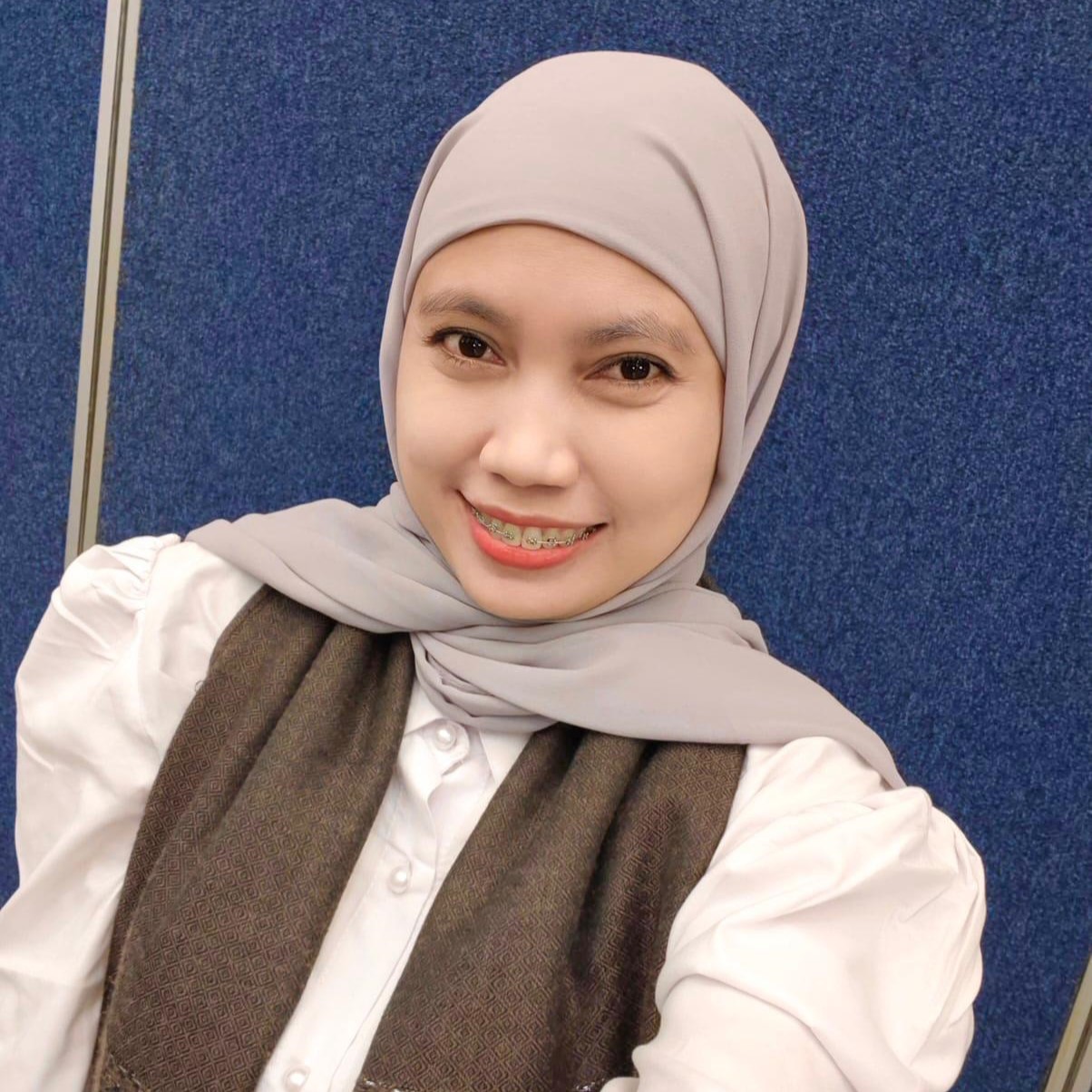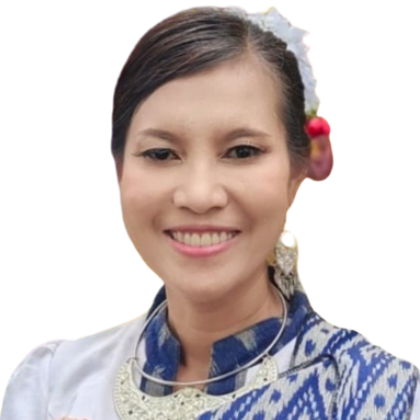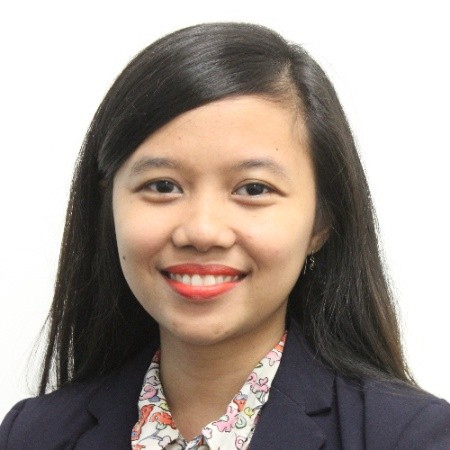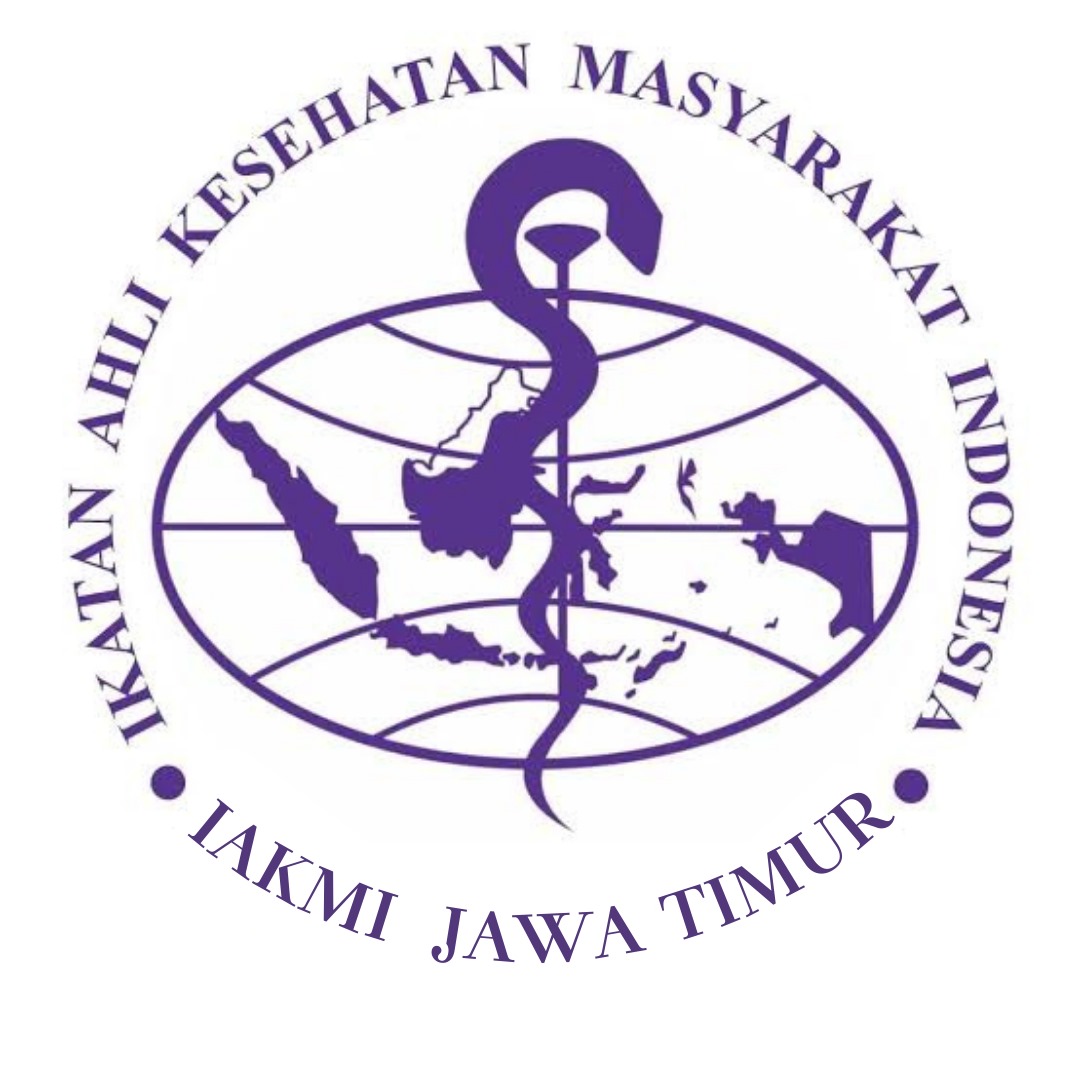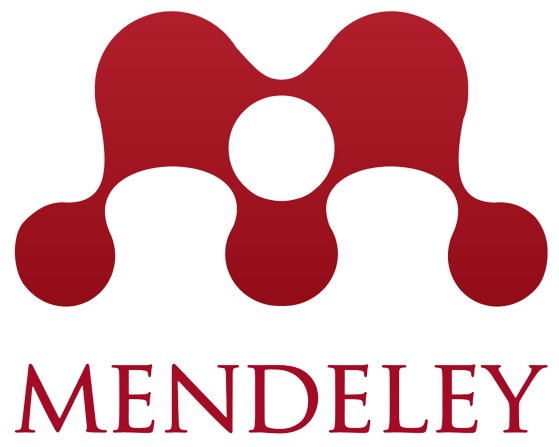Spatial Analysis of Liquid Pollutant Potential in Industrial Type UKL-UPL Documents In Jombang Regency
Background: The establishment of new industries is often associated with potential waste to be produced and environmental problems that may arise due to the activities carried out by the industry in the future. One of many environmental problems due to industrial waste is the pollution of water, air, and soil in the area around where the industry is located. The number of industrial types UKL-UPL submissions in Jombang Regency from 2006-2020 is unstable but tend to increase from 2015-2020. Jombang Regency is a downstream area of the Brantas River which its Water Quality Index has decreased from 49.17 in 2015 to 47.68 in 2016.
Objectives: The purpose of this study was to analyze spatially the location of the industry that had the potential for liquid pollutants and river distribution in Jombang Regency.
Methods: This study uses observational research design with a quantitative descriptive approach with a spatial analysis model. The data used is secondary data, namely the submission data of Jombang Regency UKL UKL document in 2006-2020, coordinate data of the location of the industry, and spatial river data.
Results: Industrial establishment plans on Jombang Regency are mostly centered around it's regency seat. The length of rivers in Jombang tend to be longer in the northen and sourthern sub-districts. There is no significant difference on the location of industrial establishment plan to the nearest river for industries with and without liquid pollutant potentials (0.912 < 0.05).
Conclusion: Even thought sub-districts with high industry counts has shorter river length, regular river water quality monitoring is required to be done so that it doesn't exceed environmental quality standards and cause health problems.
Aqli, W. (2010) ‘Analisa Buffer Dalam Sistem Informasi Geografis Untuk Perencanaan Ruang Kawasan', Inersia, 6(2), pp. 192–201. doi: 10.21831/inersia.v6i2.10547.
Bappeda Jawa Timur (2013) Potensi dan Produk Unggulan Kabupaten Jombang, Jawa Timur. BAPPEDA JATIM. Available at: http://bappeda.jatimprov.go.id/bappeda/wp-content/uploads/potensi-kab-kota-2013/kab-jombang-2013.pdf. (Accessed on 10th March 2021)
Belladona, M. (2017) ‘Analisis Tingkat Pencemaran Sungai Akibat Limbah Industri Karet Di Kabupaten Bengkulu Tengah', Seminar Nasional Sains dan Teknologi Fakultas Teknik Universitas Muhammadiyah Jakarta, (November), pp. 1–7.
Damayanthi, V. R. (2008) ‘Proses Industrialisasi Di Indonesia Dalam Prespektif Ekonomi Politik', Journal of Indonesian Applied Economics, 2(1), pp. 68–89. Available at: http://jiae.ub.ac.id/index.php/jiae/article/view/183/165.
DIARI SANDI, R. and HARIYANTO, B. (2019) ‘Analisis Kualitas Air Dan Distribusi Limbah Cair Industri Tahu Di Sungai Murong Kecamatan Jogoroto Kabupaten Jombang', Swara Bhumi, 1(2).
Dinas Lingkungan Hidup Jatim (2018) Indeks Kualitas Air - Dinas Lingkungan Hidup Provinsi Jawa Timur. Available at: https://dlh.jatimprov.go.id/berita-kualitas-air.html.
Firmansyah, Y. W. et al. (2021) ‘DAMPAK PENCEMARAN SUNGAI DI INDONESIA TERHADAP GANGGUAN KESEHATAN : LITERATURE REVIEW Impact of River Pollution In Indonesia on Health Problems : A Literature Review', JURNAL RISET KESEHATAN, 13(1).
Jombang, B. P. S. (2020) Angkutan Pedesaan Menurut Route Trayek Jombang. Available at: https://jombangkab.bps.go.id/statictable/2015/03/2.
Kementrian Lingkungan Hidup dan Kehutanan (2010) ‘Peraturan Menteri Negara Lingkungan Hidup Nomor 13 Tahun 2010'.
Kemiringan Tanah Kab. Jombang Tahun 2016 (2016) https://jombangkab.bps.go.id/statictable/2017/05/30/95/kemiringan-tanah-kabupaten-jombang.html. (Accessed on 10th March 2021)
Mawardi, L. and Pertiwi, M. (2020) ‘Sistem Monitoring Limbah Industri Rayon', Prosiding Seminar Nasional Teknik Elektro Volume 5 Tahun 2020, 5, pp. 1–4.
Muliani, A. and Rijal, M. (2018) ‘Industrialisasi, Pencemaran Lingkungan Dan Perubahan Struktur Kesehatan Masyarakat', Biosel: Biology Science and Education, 7(2), p. 178. doi: 10.33477/bs.v7i2.654.
Mushthofa, A., Rudiyanti, S. and Muskanonfola, M. R. (2014) ‘ANALISIS STRUKTUR KOMUNITAS MAKROZOOBENTHOS SEBAGAI BIOINDIKATOR KUALITAS PERAIRAN SUNGAI WEDUNG KABUPATEN DEMAK', Management of Aquatic Resources Journal (MAQUARES), 3(1), pp. 81–88. doi: 10.14710/marj.v3i1.4289.
Nasir, M., Fatkhurohman and Muqorobin, A. (2011) ‘Problem Manajemen Lingkungan dan Isu Industrialisasi', Prosiding Seminar Nasional & Internasional, 1(1), pp. 163–172. Available at: https://jurnal.unimus.ac.id/index.php/psn12012010/article/view/420.
Nugraha, W. S. (2015) ‘PENENTUAN LOKASI POTENSIAL UNTUK PENGEMBANGAN KAWASAN INDUSTRI MENGGUNAKAN SISTEM INFORMASI GEOGRAFIS DI KABUPATEN BOYOLALI', Jurnal Geodesi Undip, 4, pp. 194–202.
Riebe, C. S. et al. (2015) ‘Climate and topography control the size and flux of sediment produced on steep mountain slopes', Proceedings of the National Academy of Sciences of the United States of America, 112(51), pp. 15574–15579. doi: 10.1073/pnas.1503567112.
Rosyidah, M. (2018) ‘Analisis Pencemaran Air Sungai Musi Akibat Aktivitas Industri (Studi Kasus Kecamatan Kertapati Palembang)', Jurnal Online Universitas PGRI Palembang, 3(1), pp. 21–32.
Saleh, B. and Warlina, L. (2017) ‘Identifikasi Karakteristik Aglomerasi Industri Pengolahan Di Cikarang Kabupaten Bekasi Tahun 2006 Dan 2013', Jurnal Wilayah dan Kota, 4(01), pp. 37–53. doi: 10.34010/jwk.v4i01.2119.
Schwarzenbach, R. P. et al. (2010) ‘Global water pollution and human health', Annual Review of Environment and Resources, 35, pp. 109–136. doi: 10.1146/annurev-environ-100809-125342.
Supartiningtias, J. and Suprajaka, S. (2015) ‘Evaluasi Spasial Pola Sebaran Industri Di Kecamatan Cikupa, Kabupaten Tangerang', Planesa, 5(02).
Tilaar, S. (2010) ‘Tinjauan Sebaran Lokasi Aglomerasi Industri Di Indonesia', Tekno, 8(52), pp. 90–96.
Uyara, L., Kunu, P. and Talakua, S. M. (2017) ‘Studi Perbandingan Kualitas Air Bersih Dalam Kaitanya Dengan Aktivitas Masyarakat Di Sekitar Sumber Air Pada Desa Wainitu, Batumerah, Amahusu, Dan Halong', Jurnal Budidaya Pertanian, 13(2), pp. 111–119. doi: 10.30598/jbdp.2017.13.2.111.
Waluya, B. (2010) ‘ANALISIS GEOGRAFIS KONSENTRASI INDUSTRI KULIT DI KABUPATEN GARUT', Jurnal Geografi Gea, 10(2). doi: 10.17509/gea.v10i2.1078.
Widiyanto, A. F., Yuniarno, S. and Kuswanto (2015) ‘LAND WATER POLLUTION FROM INDUSTRIAL WASTE AND', Jurnal Kesehatan Masyarakat, 10(2), pp. 246–254.
Yogafanny, E. (2015) ‘Pengaruh Aktifitas Warga di Sempadan Sungai terhadap Kualitas Air Sungai Winongo', Jurnal Sains &Teknologi Lingkungan, 7(1), pp. 29–40. doi: 10.20885/jstl.vol7.iss1.art3.
Yusup, K. D. and Farhan, O. (2020) ‘Analisis Hidrologi Sungai Pemali Kabupaten Brebes', Jurnal Konstruksi, 7(2), pp. 2085–8744. Available at: http://jurnal.ugj.ac.id/index.php/Konstruksi/article/view/3894.
Copyright (c) 2022 Naufal Hilmy Amanur Qolby

This work is licensed under a Creative Commons Attribution-ShareAlike 4.0 International License.
Media Gizi Kesmas by Unair is licensed under a Creative Commons Attribution-ShareAlike 4.0 International License.
1. The journal allows the author(s) to hold the copyright and to retain the publishing right of the article without restrictions.
2. The legal formal aspect of journal publication accessibility refers to Creative Commons Attribution-Share-Alike (CC BY-SA).
3. The Creative Commons Attribution-Share-Alike (CC BY-SA) license allows re-distribution and re-use of a licensed work on the conditions that the creator is appropriately credited and that any derivative work is made available under "the same, similar or a compatible license”. Other than the conditions mentioned above, the editorial board is not responsible for copyright violations.


